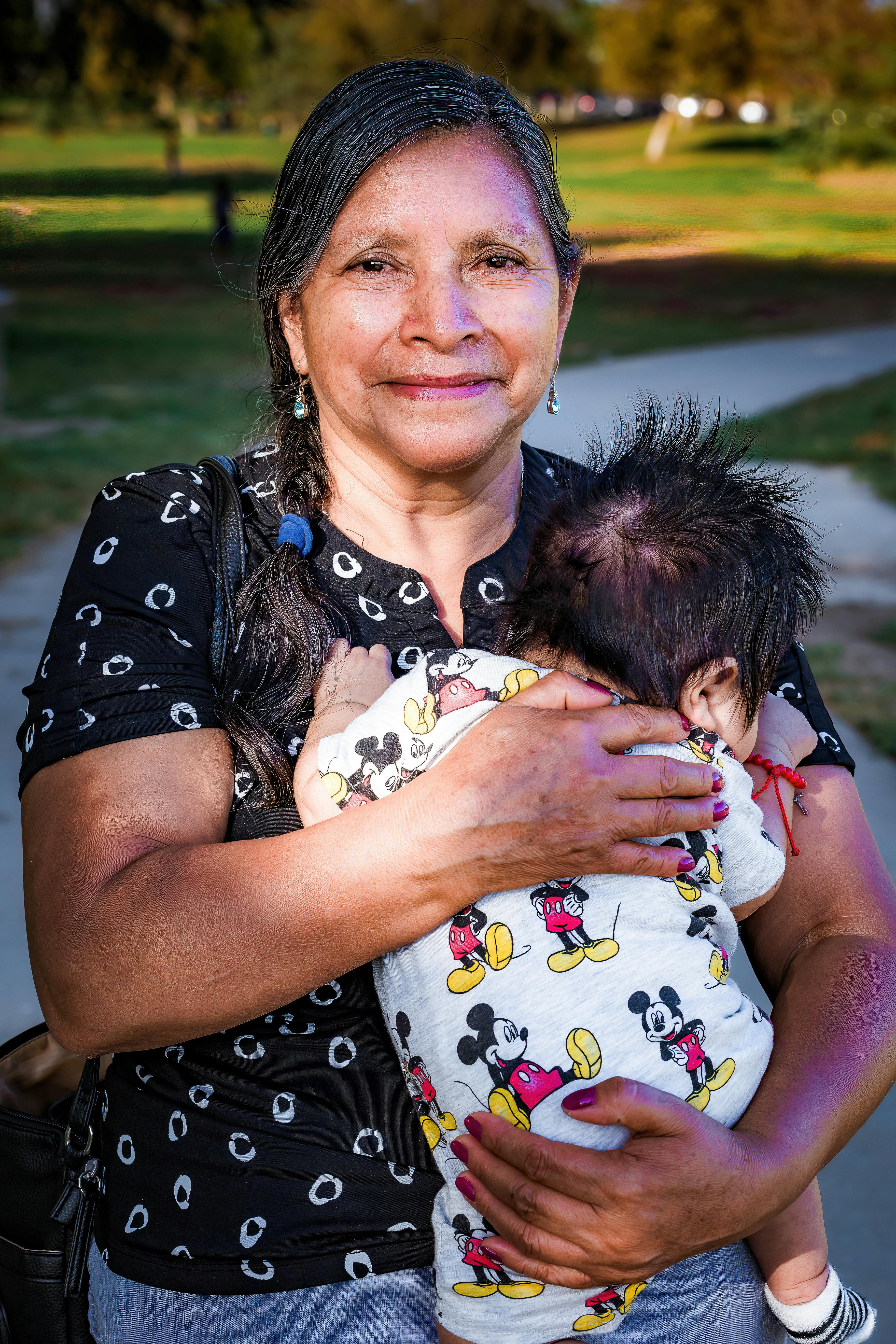Table of Contents
Creating a Safe Environment
One of the most important responsibilities of a babysitter is creating a safe environment for the children in their care. This includes ensuring that the home is childproofed, with dangerous items out of reach and potential hazards like sharp objects or cleaning supplies stored securely. It is also important to be aware of any allergies or medical conditions the children may have and have emergency contact information readily available.
In addition to physical safety, emotional safety is also essential. Babysitters should make the children feel secure and comfortable by being attentive to their needs and providing reassurance when necessary. Building a trusting relationship with the children is key to creating a safe and nurturing environment.
On-Demand Childcare in Your Neighborhood
Book a Sitter
Age-Appropriate Activities
When babysitting children of different ages, it is important to plan age-appropriate activities to keep them engaged and entertained. Younger children may enjoy simple games, storytelling, or sensory play, while older children may prefer arts and crafts, outdoor activities, or board games. It is important to consider the interests and abilities of each child and tailor activities accordingly.
Engaging children in activities not only keeps them occupied but also helps promote their development. Activities that encourage creativity, problem-solving, and social skills are beneficial for children of all ages. By providing a variety of activities, babysitters can help children learn and grow while having fun.
Handling Emergencies
In the event of an emergency, babysitters must be prepared to take quick and appropriate action to ensure the safety of the children. This includes knowing how to respond to common emergencies such as cuts and scrapes, burns, or choking. Babysitters should have a basic knowledge of first aid and CPR and be familiar with the location of emergency supplies and contact information.

It is also important for babysitters to have a clear understanding of the emergency procedures established by the parents. This includes knowing who to contact in case of an emergency and having a plan for evacuating the home in the event of a fire or other serious situation. Being prepared and staying calm in an emergency is essential for keeping the children safe.
Communication with Parents
Effective communication with parents is key to providing the best care for the children. Babysitters should discuss important details with parents before they leave, such as bedtime routines, dietary restrictions, and special instructions for the children. It is also important to inform parents of any significant events or issues that arise during the babysitting period.
Maintaining open and transparent communication helps build trust between babysitters and parents. Babysitters should provide regular updates to parents on how the children are doing and be available to answer any questions or address any concerns that may arise.
By keeping parents informed, babysitters can ensure that the children are well cared for and that any issues are addressed promptly.
Setting Boundaries and Discipline
Setting boundaries and establishing clear expectations with the children is essential for maintaining a positive and respectful relationship. Babysitters should communicate rules and expectations to the children in a clear and consistent manner, such as bedtime routines, screen time limits, and acceptable behavior. It is important to be firm but fair when enforcing boundaries and to provide positive reinforcement for good behavior.
In cases where discipline is necessary, babysitters should use positive discipline techniques that focus on teaching and guiding the children rather than punishing them. This may include setting consequences for actions, redirecting behavior, or using time-outs when needed. By setting boundaries and maintaining discipline in a respectful manner, babysitters can create a safe and structured environment for the children in their care.
In conclusion, babysitting requires a combination of skills, knowledge, and patience to provide the best care for children. By understanding and implementing the essential childcare basics discussed in this article, babysitters can ensure the safety, well-being, and happiness of the children in their care. Whether you are a seasoned babysitter or just starting out, these key areas will help you be successful in your role and provide a positive experience for both the children and their parents.










